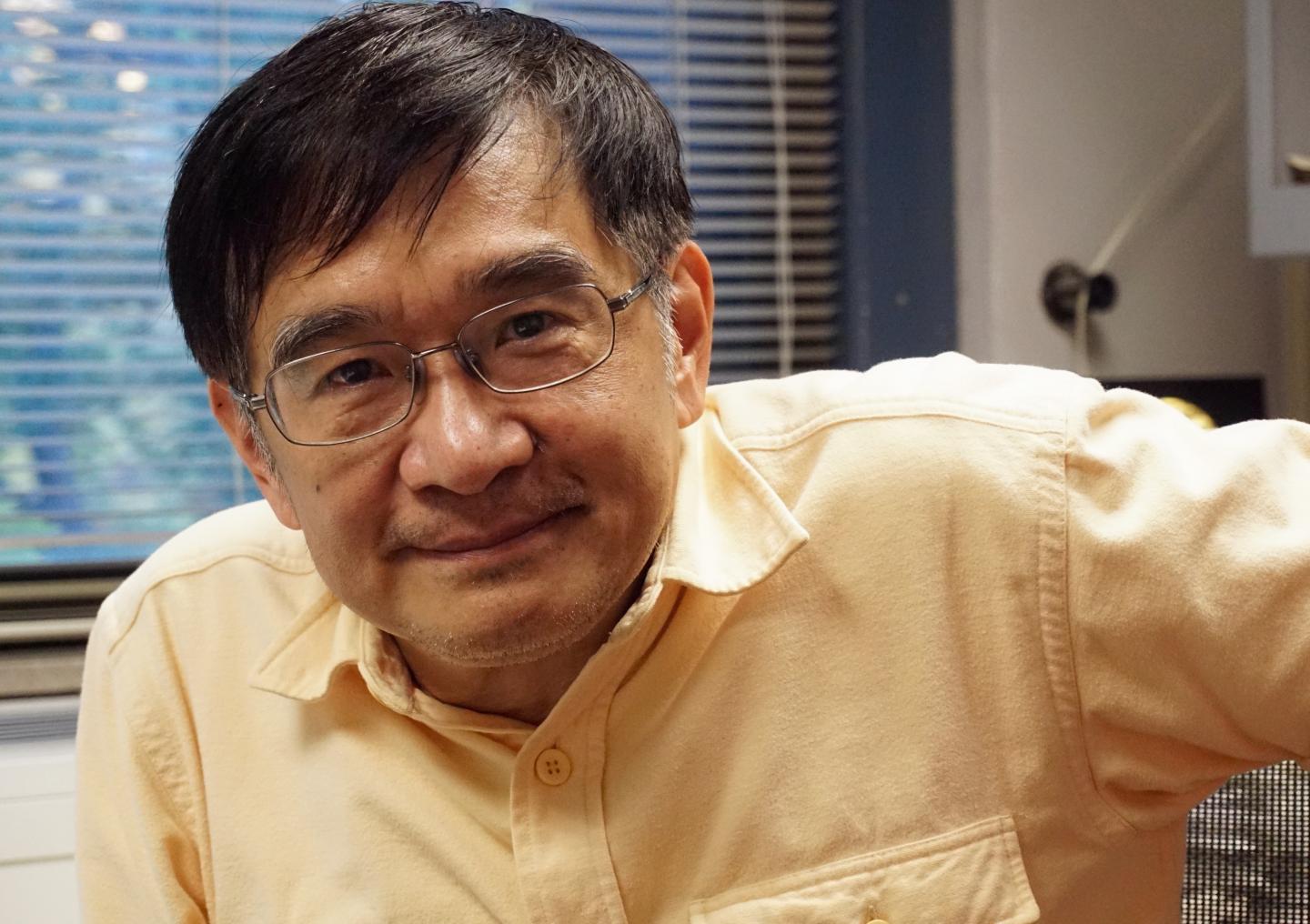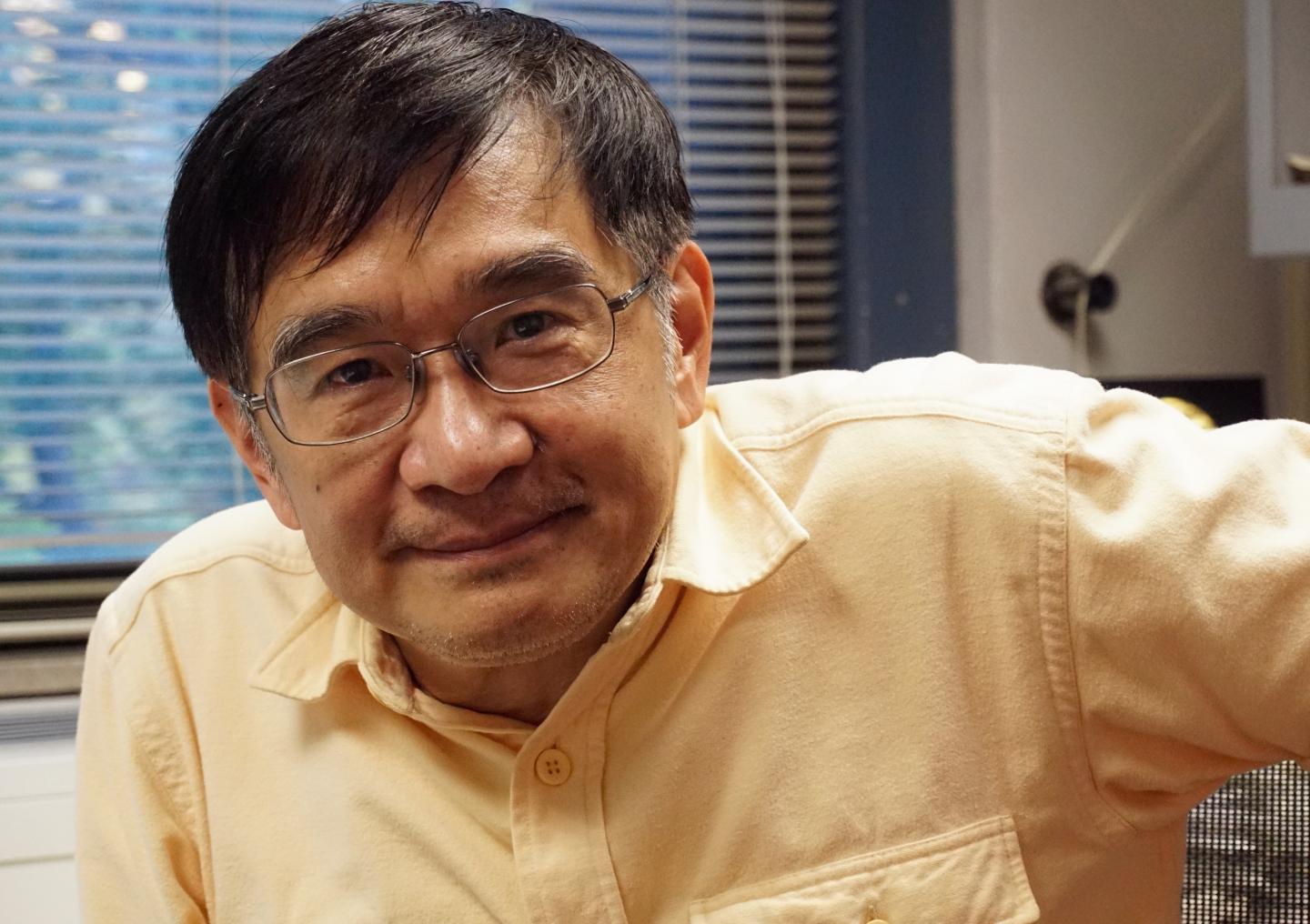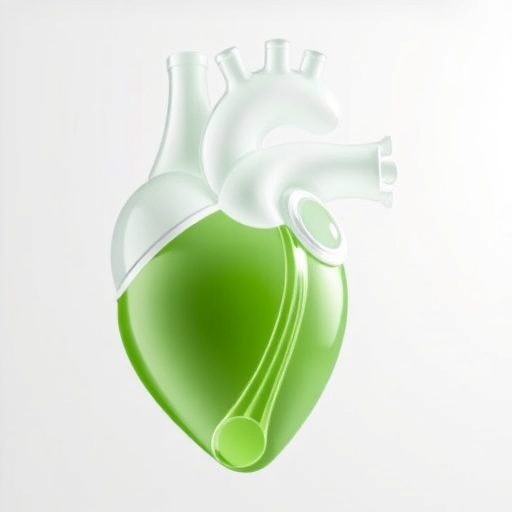
The most rigorous genetic sequencing ever carried out on a single tumor reveals far greater genetic diversity among cancer cells than anticipated. Researchers from the University of Chicago and the Beijing Institute of Genomics estimate that the tumor, about 3.5 centimeters in diameter, contained more than 100 million distinct mutations within the coding regions of its genes–thousands of times more than expected.
The finding, published Nov. 9, 2015, in the Proceedings of the National Academy of Sciences, suggests that even microscopic tumors are likely to contain extremely high genetic diversity. With so much variation, even small tumors are likely to contain cells that may be able to resist standard post-surgical cancer treatment such as chemotherapy and radiation.
"With 100 million mutations, each capable of altering a protein in some way, there is a high probability that a significant minority of tumor cells will survive, even after aggressive treatment," said study director Chung-I Wu, PhD, professor of ecology and evolution at the University of Chicago. "In a setting with so much diversity, those cells could multiply to form new tumors, which would be resistant to standard treatments."
The high level of genetic variation also adds fuel to a long-running debate in evolutionary biology: Is evolution, at the DNA level, driven by selective Darwinian forces–the survival of the fittest? Or is there a role for random, or neutral, non-Darwinian changes–the persistence of the luckiest?
For this study, the researchers closely examined an ordinary tumor removed from a human liver. This hepatocellular carcinoma was slightly smaller than a ping-pong ball and contained more than a billion cells.
Scientists at the Beijing Institute of Genomics rigorously sampled nearly 300 regions from one slice of the tumor and sequenced or genotyped each one looking for genetic changes. When they analyzed their data, using modern population genetic theory, they came up with estimates for the whole tumor of more than 100 million coding-region mutations. That is far more mutations than one would expect, "by orders of magnitude," Wu said.
Such rapid and extensive generation of enormous diversity, way beyond what a Darwinian process would permit, makes the selectionism vs. neutralism debate of the 1980s "suddenly medically relevant," according to Wu. Until now, no one had probed a tumor so thoroughly. The prevailing notion was that tumors had from a few hundred up to 20,000 genetic alterations that were not present in the patient's healthy cells.
"Our study is the non-Darwinian process writ small, down to the cellular level," Wu said. "In the Darwinian struggle, there are–from the tumor's point of view–few beneficial mutations, meaning changes that give tumor cells a growth advantage." Over time, such good mutations would be expected to drive out the deleterious ones. That limits diversity. "When there are no such limits on genetic variation, however, mutations can emerge and apparently thrive," he said.
"This could potentially change how we think about tumor growth and spread, but the direct clinical implications of this study may not be obvious on the surface," said co-author medical oncologist Daniel Catenacci, MD, assistant professor of medicine at the University of Chicago.
The bulk of the mutations were in very low frequencies; 99 percent were found in fewer than 100 cells. Cells carrying these rare mutations were often in clumps. They were "competing mostly with themselves," according to the authors.
But drug treatment could remove those constraints. "It 'looses up' the population," they wrote, enabling "effective competition to occur."
"The presence of so many random mutations could present a problem to specifically targeted therapies," Catenacci said. "It almost guarantees that some cells will be resistant. But it also suggests that aggressive treatment could push tumor cells into a more Darwinian mode."
The study focused on just one exhaustively sampled tumor, but it raises important questions. Previous studies have found that patient survival decreases as genetic diversity within tumors increases. More mutations make drug resistance more likely. "The possibility of high intra-tumor diversity even in small tumors suggests a need to reevaluate treatment strategies," the authors conclude.
###
The National Basic Research Program of China, Research Programs of Chinese Academy of Sciences, the National Science Foundation of China, and the National High-tech R&D Program of China funded this study. Additional authors were Xuemei Lu, Shaoping Ling, Zheng Hu, Zuyu Yang, Fang Yang, Yawei Li, Ke Chen, Lili Dong, Lihua Cao, Yong Tao, Lingtong Hao, Qiang Gong, Dafei Wu, Wenjie Li, and Wenming Zhao of the Chinese Academy of Sciences; Pei Lin and Qingjian Chen of the Sun Yat-Sen University, Guangzhou; Xiuyun Tian, Chunyi Hao, Peking University Cancer Hospital, Beijing; and Eric A. Hungate, Daniel V.T. Catenacci, Richard R. Hudson and Wen-Hsiung Li of the University of Chicago.





